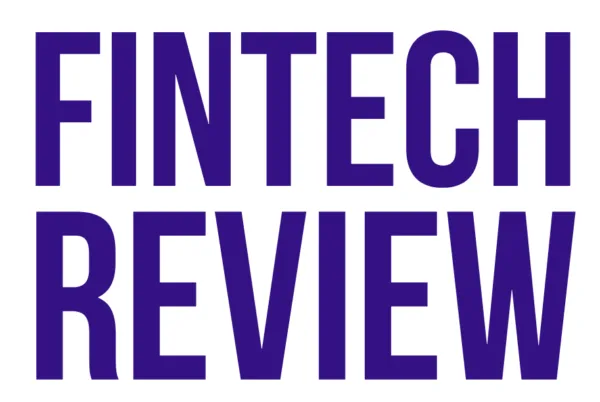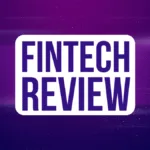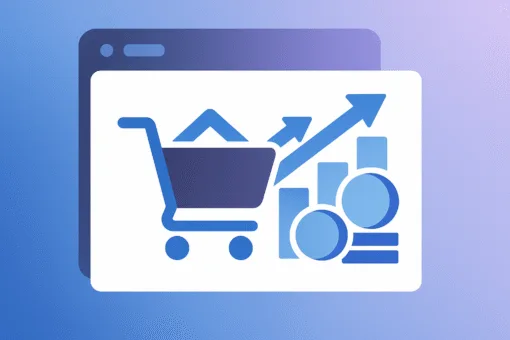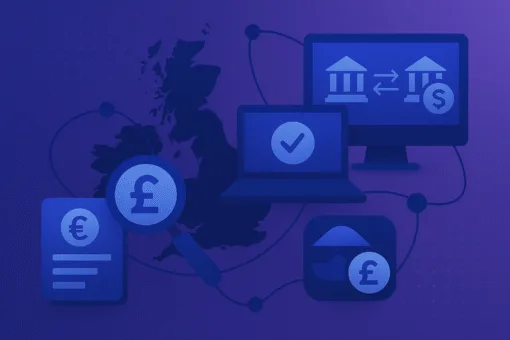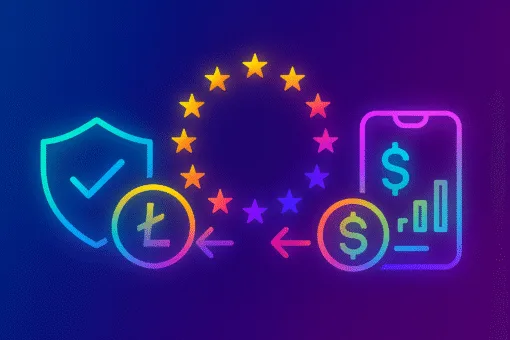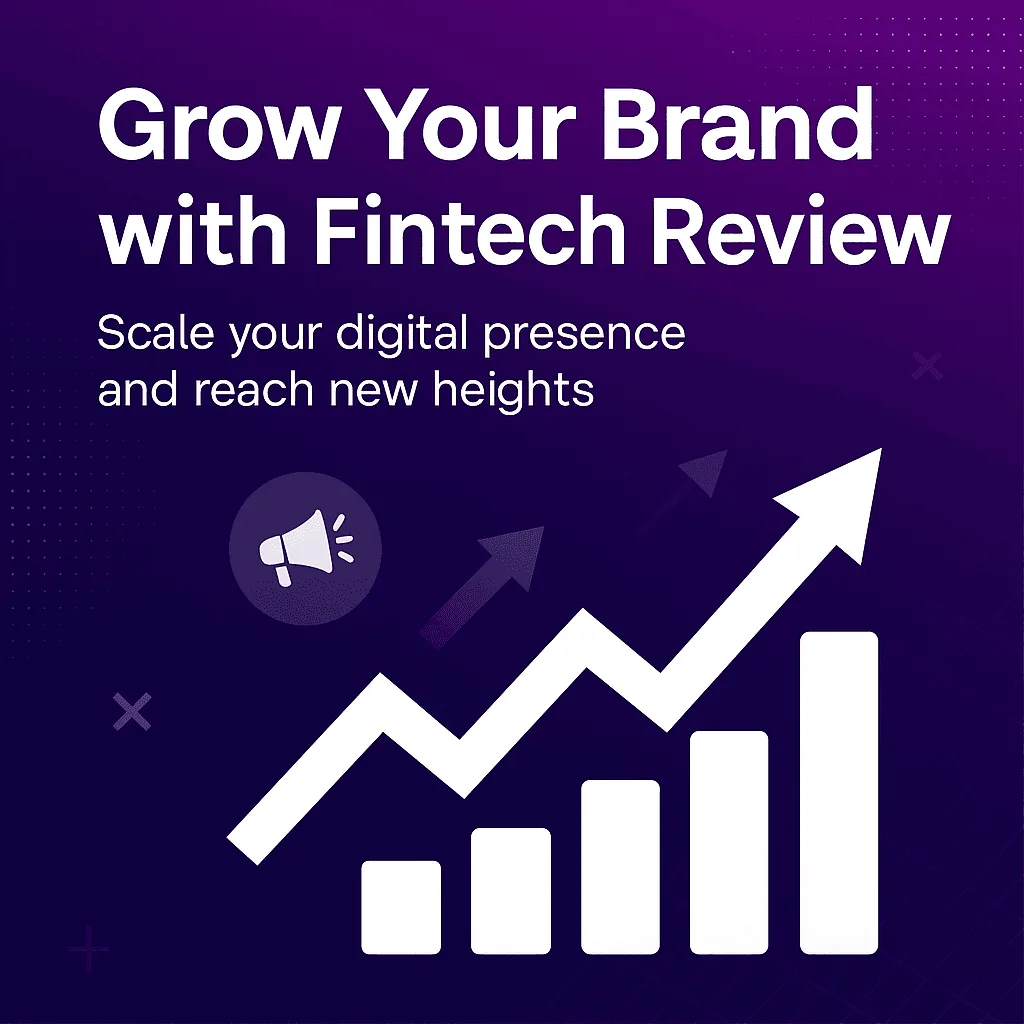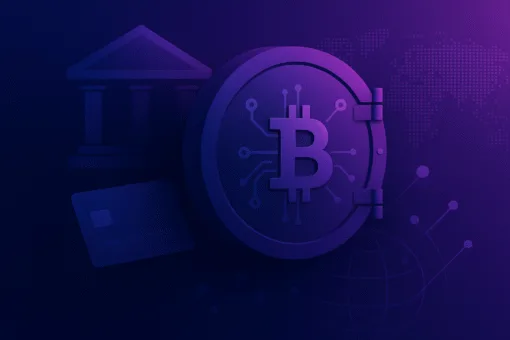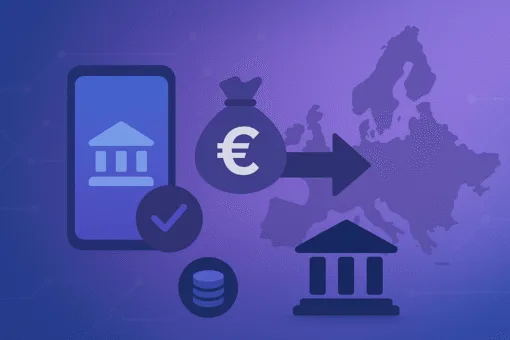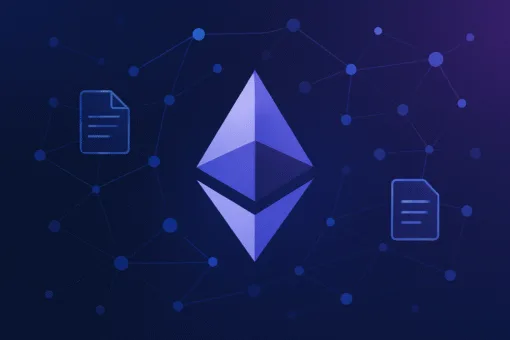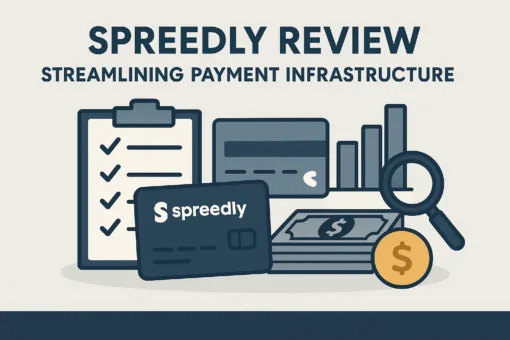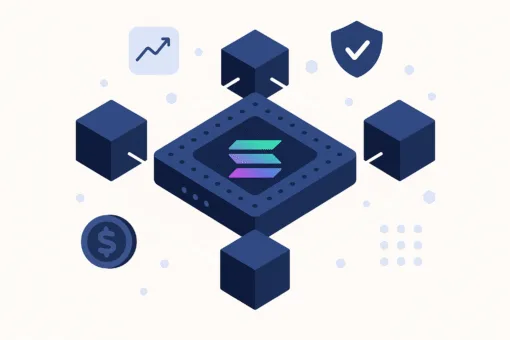Buy Now, Pay Later (BNPL) has become one of the defining financial innovations of the past decade. It reimagines consumer credit, offering shoppers the ability to split payments into smaller instalments or defer costs without resorting to traditional credit cards. While BNPL began as a standalone product offered by fintech pioneers, it is increasingly becoming part of a broader trend: embedded finance. When BNPL is integrated directly into vertical platforms such as e-commerce marketplaces, travel booking sites, or healthcare providers, it unlocks new possibilities for both consumers and businesses.
The rise of embedded BNPL reflects the convergence of technology, consumer demand for flexible payments, and platforms seeking to deepen engagement. This article explores how embedded BNPL works, why it is growing so rapidly, the opportunities and challenges it presents, and what the future holds for credit integration into vertical platforms.
Understanding BNPL
BNPL emerged in the early 2010s through companies such as Klarna, Afterpay, and Affirm. These firms offered consumers the chance to pay for purchases in instalments, often without interest, while merchants received the full payment upfront. The model proved popular, especially among younger consumers who were sceptical of credit cards but wanted flexibility when shopping online.
BNPL operates on a relatively simple principle. At checkout, the consumer chooses to spread the cost over several weeks or months. The BNPL provider pays the merchant immediately, assuming the credit risk, and then collects repayments from the consumer over time. Revenue comes from merchant fees, late payment charges, and, in some cases, interest on longer-term plans.
By 2025, BNPL is expected to account for more than ten percent of global e-commerce spending. Its rise reflects broader shifts in consumer behaviour: preference for convenience, reluctance to use revolving credit, and increasing comfort with digital-first financial products.
From Standalone to Embedded

In its early years, BNPL functioned as a distinct service. Consumers had to sign up with a provider, download an app, or create an account before using it at selected merchants. The experience, while innovative, was still external to the platforms where people were shopping.
Embedded BNPL changes this dynamic. Instead of requiring a separate relationship with a third party, BNPL functionality is built directly into the vertical platform where the purchase occurs. A shopper on a fashion marketplace, a patient scheduling medical procedures, or a traveller booking flights can choose BNPL at the point of transaction without leaving the platform.
The result is a seamless user experience. The platform retains control of the customer journey, while the BNPL provider operates in the background, often as a white-label partner. This evolution mirrors the broader trend of embedded finance, where financial services such as payments, insurance, and lending are integrated into non-financial platforms.
Why Embedded BNPL Is Taking Off
Several factors explain the rapid adoption of embedded BNPL within vertical platforms.
1. Consumer demand for flexible credit continues to rise
Younger generations, particularly Millennials and Gen Z, show strong preference for instalment options and transparency in costs. Platforms that fail to offer BNPL risk losing customers to competitors that do.
2. Vertical platforms are under pressure to differentiate
In sectors such as e-commerce, travel, and healthcare, competition is intense. Offering BNPL is a way to increase conversion rates, reduce cart abandonment, and improve average order values. By embedding BNPL, platforms add value while keeping users within their ecosystem.
3. Advances in financial technology make integration easier
Application programming interfaces (APIs) and software development kits (SDKs) allow platforms to connect to BNPL providers without building credit infrastructure from scratch. White-label solutions enable platforms to present BNPL under their own brand, strengthening customer trust.
4. The pandemic accelerated digital adoption
Consumers shifted spending online, merchants sought new revenue streams, and credit demand increased. BNPL integration became a natural extension of this shift.
Embedded BNPL: How the Flow Works
Consumer
Chooses BNPL at checkout and consents to a quick affordability and identity check for an instant decision.
Vertical Platform
Embeds BNPL via API or SDK. Sends cart details and minimal customer data to request a decision and show the repayment plan.
BNPL Provider
Runs risk, KYC, and fraud checks. If approved, settles funds to the merchant and sets up the repayment schedule in the background.
Merchant
Gets paid upfront and fulfils the order. Provider manages collections and support; the consumer repays in instalments.
Embedded BNPL Across Verticals
The most visible use case remains retail e-commerce. Shoppers buying clothing, electronics, or household goods increasingly expect BNPL as a default option. Yet embedded BNPL is spreading rapidly to other verticals.
In travel, providers such as Fly Now Pay Later allow customers to spread the cost of flights and holidays, making expensive trips more accessible. Healthcare platforms integrate BNPL to help patients manage costs of elective procedures such as dental care, fertility treatments, or cosmetic surgery. In education, platforms offering online courses or bootcamps use BNPL to lower barriers to enrolment.
Even B2B verticals are adopting embedded BNPL. Business platforms offer instalment payments for software subscriptions, equipment, or trade finance, extending flexibility to small firms that may not have strong credit lines. The principle is the same: embedding instalment credit at the point of need within a specific vertical.
Benefits for Platforms

Integrating BNPL directly into vertical platforms delivers clear advantages. One of the most powerful is increased conversion. Consumers who might hesitate to make a large upfront payment are more likely to complete purchases when instalment options are available. This directly reduces cart abandonment rates, a major challenge for online platforms.
Average order values also tend to rise. When shoppers can spread costs, they are more likely to upgrade to higher-value items or add extras. Travel platforms, for example, see customers booking longer trips or additional services when BNPL is offered.
Another benefit is customer loyalty. By embedding flexible payments, platforms enhance the overall user experience. The financial flexibility becomes associated with the platform itself rather than an external provider. This helps build stickiness in competitive markets where switching costs are otherwise low.
Finally, embedded BNPL can create new revenue streams. Platforms may receive a share of merchant fees or benefit from improved retention metrics. In some cases, platforms using white-label BNPL keep part of the margin themselves.
Benefits for Consumers
From the consumer perspective, embedded BNPL offers convenience and flexibility. The option is presented exactly when needed, without requiring sign-ups or separate accounts. The repayment schedules are transparent, and many short-term plans are interest-free, which appeals to cost-sensitive shoppers.
Embedded BNPL also extends access to categories where traditional financing is cumbersome. For example, paying for medical treatments in instalments at the point of care is simpler than applying for a loan. For travel, being able to book instantly and pay later enhances spontaneity. In education, instalments make skill development more attainable.
These benefits, however, must be balanced against risks, particularly the danger of over-indebtedness if consumers rely too heavily on instalment credit. Responsible use is critical, and platforms embedding BNPL bear some responsibility for ensuring their users understand the commitments involved.
Risks and Challenges
Filter by category and expand cards to see context and mitigation guidance.
Context & what to watch
Mitigation ideas
Context & what to watch
Mitigation ideas
Context & what to watch
Mitigation ideas
Context & what to watch
Mitigation ideas
Embedded BNPL and Vertical Specialisation
One of the most interesting aspects of embedded BNPL is how it adapts to the specific characteristics of each vertical. In retail, short-term instalments of a few weeks dominate. In travel, repayment periods may extend several months to accommodate higher ticket prices. Healthcare BNPL often combines longer terms with tailored affordability assessments, given the sensitive nature of medical expenses.
Vertical platforms can use BNPL data to refine offerings further. For example, an education platform may adjust course pricing and repayment schedules based on user demand patterns. A business marketplace might use instalment data to assess the financial health of small business customers. This specialisation differentiates embedded BNPL from generic credit cards by tailoring financing to the context of the purchase.
The Competitive Landscape

The embedded BNPL space is becoming crowded. Traditional BNPL providers such as Klarna and Affirm are expanding partnerships with vertical platforms. At the same time, new fintechs specialise in white-label solutions that allow platforms to integrate BNPL under their own brand. Banks and payment processors are also entering the market, seeking to defend their position in consumer credit.
For platforms, choosing the right partner is critical. Factors such as risk management capability, regulatory compliance, technological integration, and brand alignment all matter. Some large platforms may even build their own BNPL infrastructure, though this requires significant investment and regulatory expertise.
The Future of Embedded BNPL
Looking ahead, embedded BNPL is likely to become a default expectation in many verticals. Just as consumers now assume that digital payments will be available, they will come to expect flexible credit options at checkout. Platforms that do not offer BNPL risk losing customers to competitors who do.
Regulation will shape the market significantly. Stricter rules on transparency, affordability checks, and data use may limit some business models but ultimately enhance trust. Responsible lending practices will become a competitive differentiator.
We are also likely to see convergence between BNPL and other embedded financial services. Platforms may bundle instalment credit with insurance, loyalty programmes, or financial management tools. For example, a travel platform might combine BNPL for flights with embedded insurance for cancellations. An education platform could embed both BNPL for tuition and career services financing.
Artificial intelligence and machine learning will also play a role. For instance, personalised credit limits, dynamic repayment schedules, and real-time risk assessments will make embedded BNPL more efficient and tailored.
Strategic Considerations for Platforms
Make a few selections to get a tailored BNPL strategy suggestion.
Quick guidance
Quick guidance
Quick guidance
Quick guidance
Your BNPL strategy
Conclusion
Embedded BNPL represents the next stage in the evolution of consumer credit. What began as a standalone fintech innovation is now becoming a standard feature of vertical platforms across retail, travel, healthcare, education, and beyond. By integrating flexible credit at the point of need, platforms can increase conversion, enhance loyalty, and expand access for consumers.
Yet the opportunities come with responsibilities. Regulatory scrutiny, credit risk, and consumer protection must be addressed. However, platforms must choose partners wisely, integrate carefully, and design BNPL offerings that align with their users’ needs and financial wellbeing.
As embedded finance reshapes the digital economy, BNPL is emerging as one of its most impactful applications. Whether it is helping a shopper afford new clothes, enabling a traveller to book a holiday, or making education more accessible, embedded BNPL is redefining how credit fits into our daily lives. Its growth will continue, but its success will depend on balancing innovation with responsibility.
